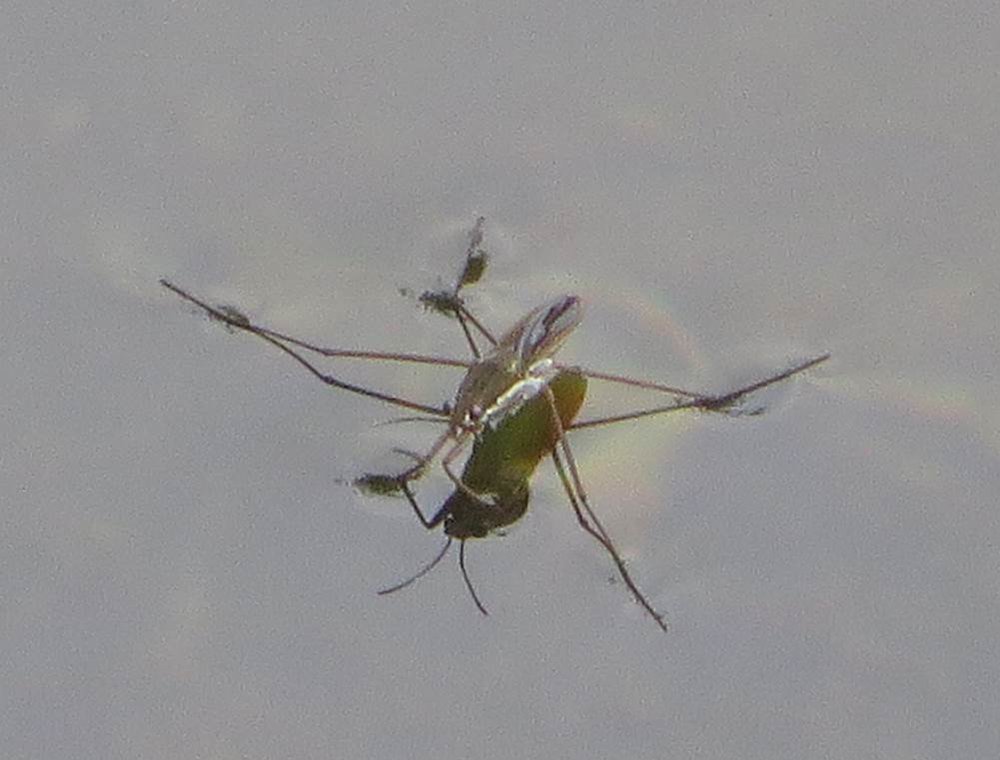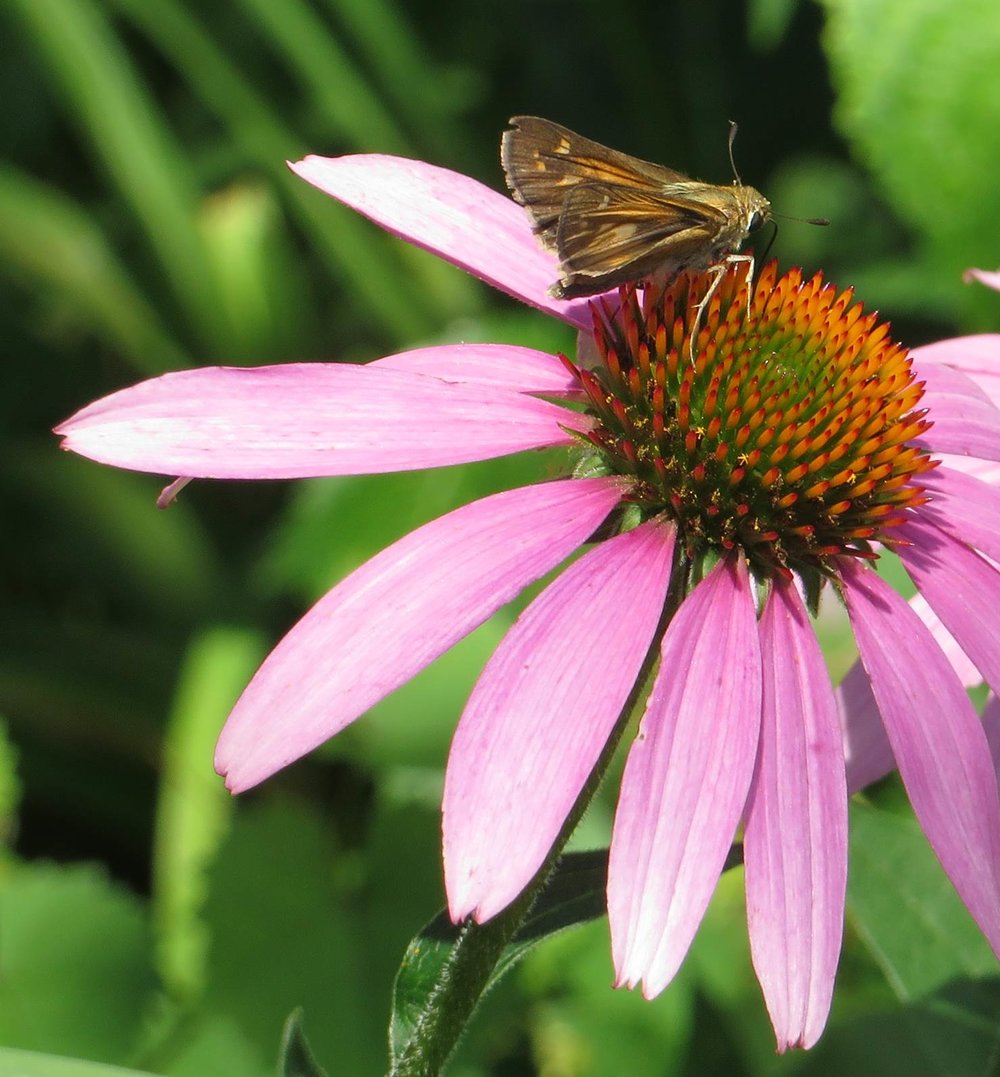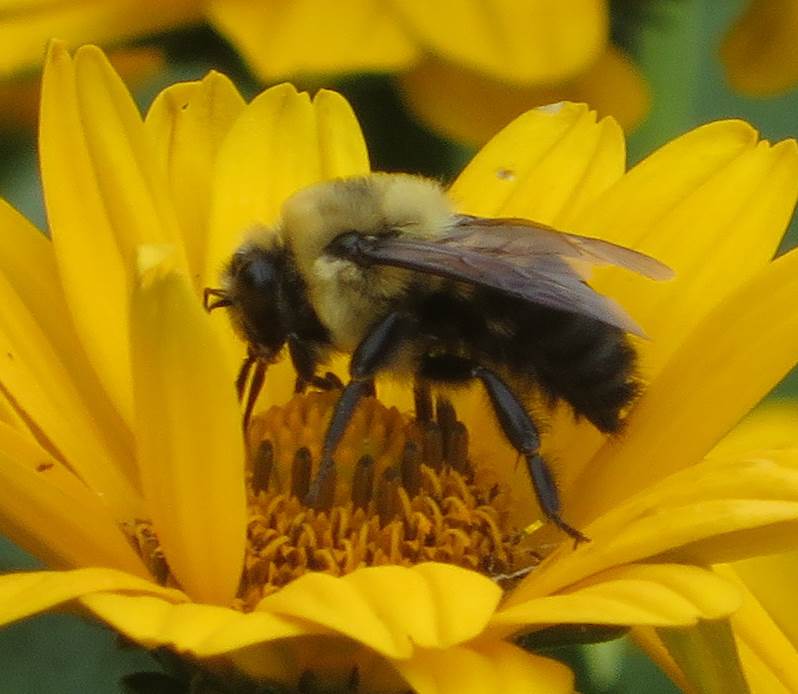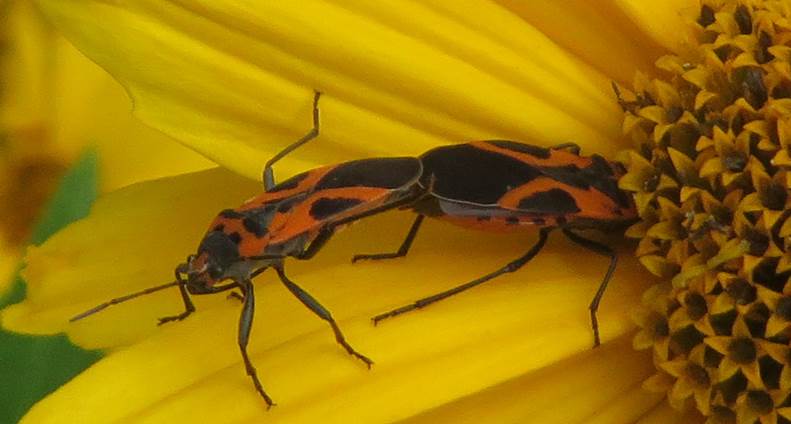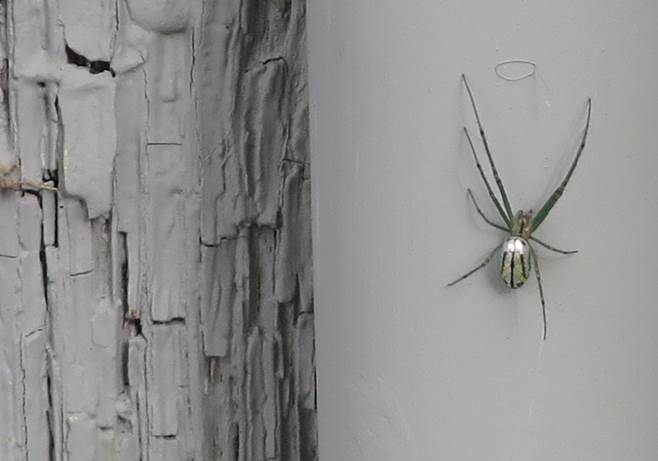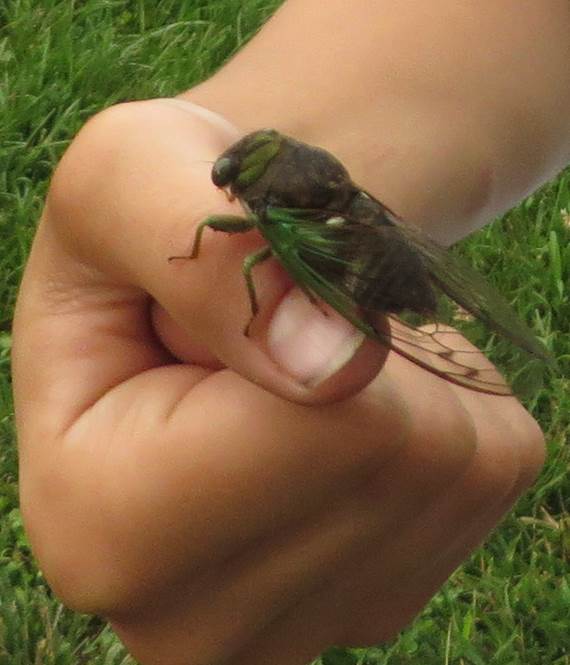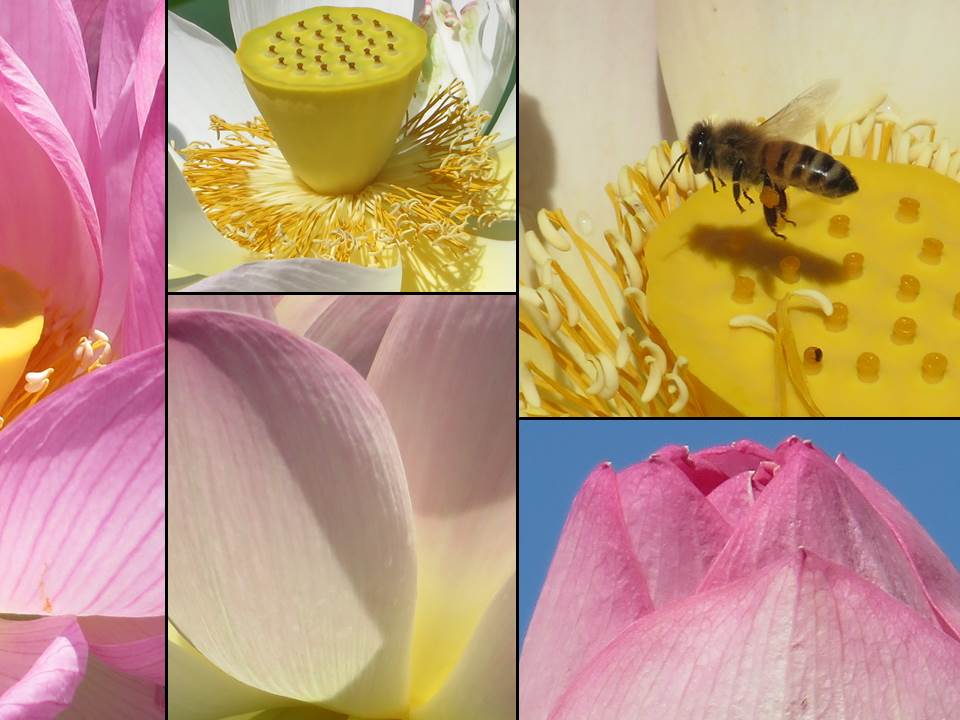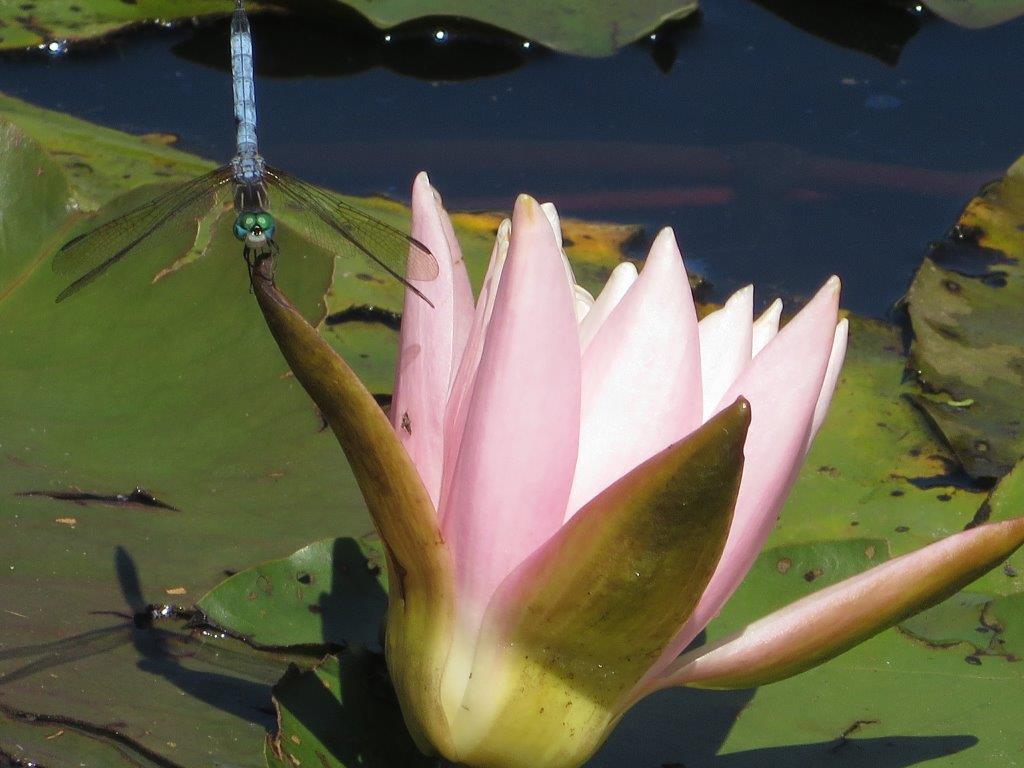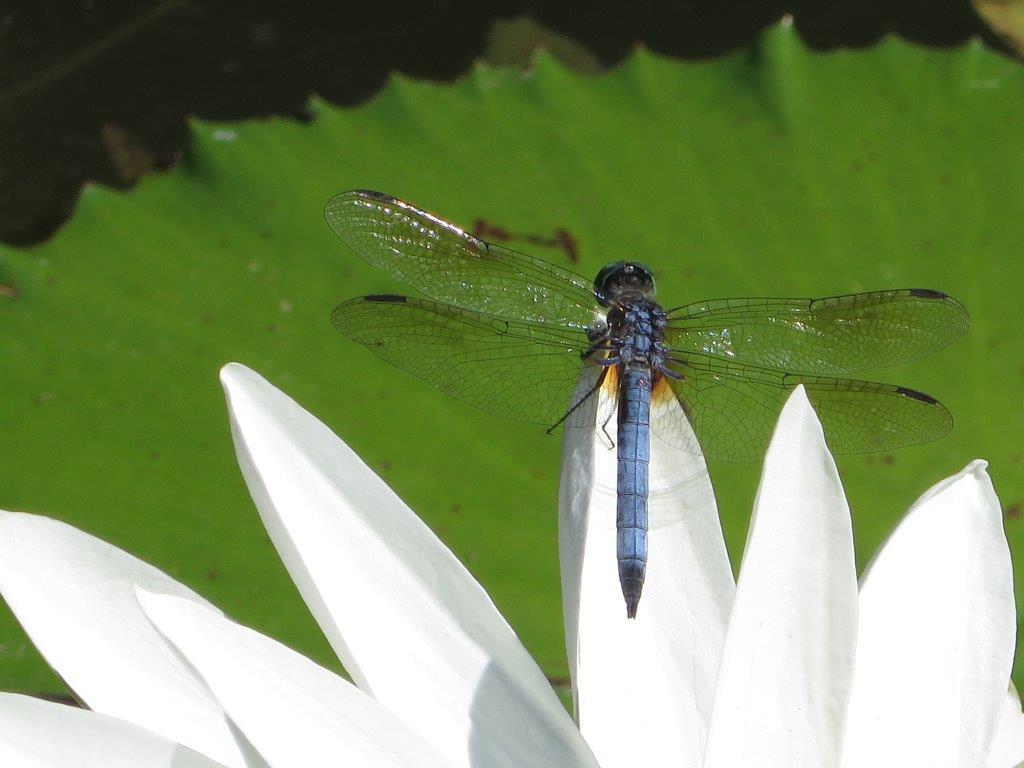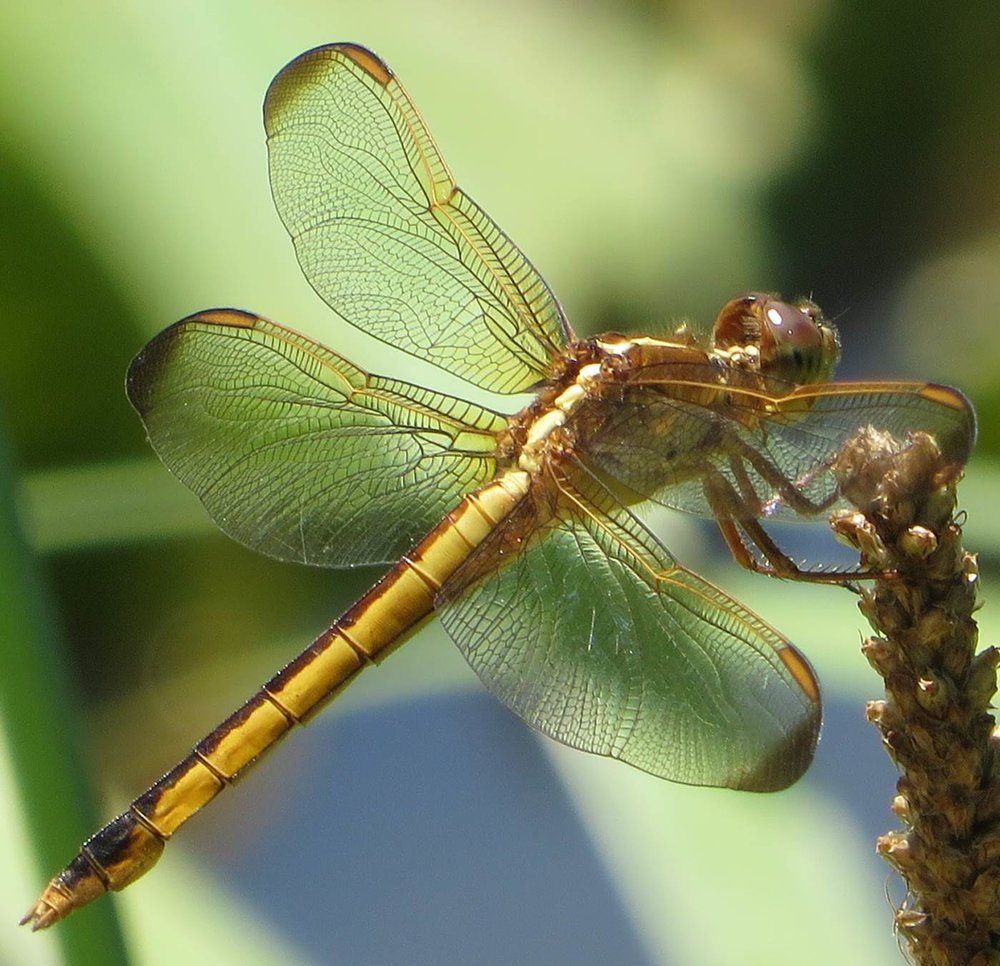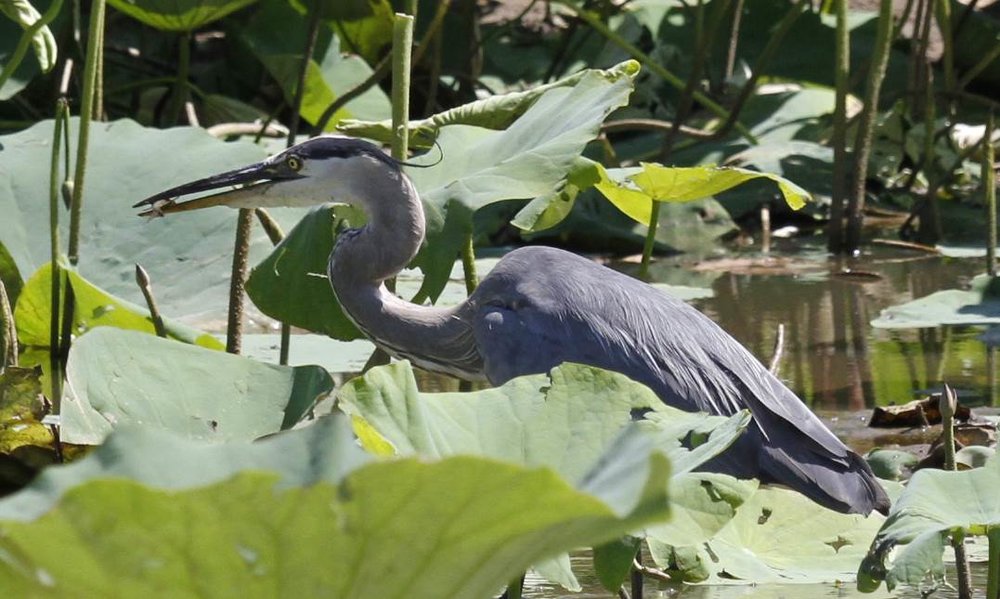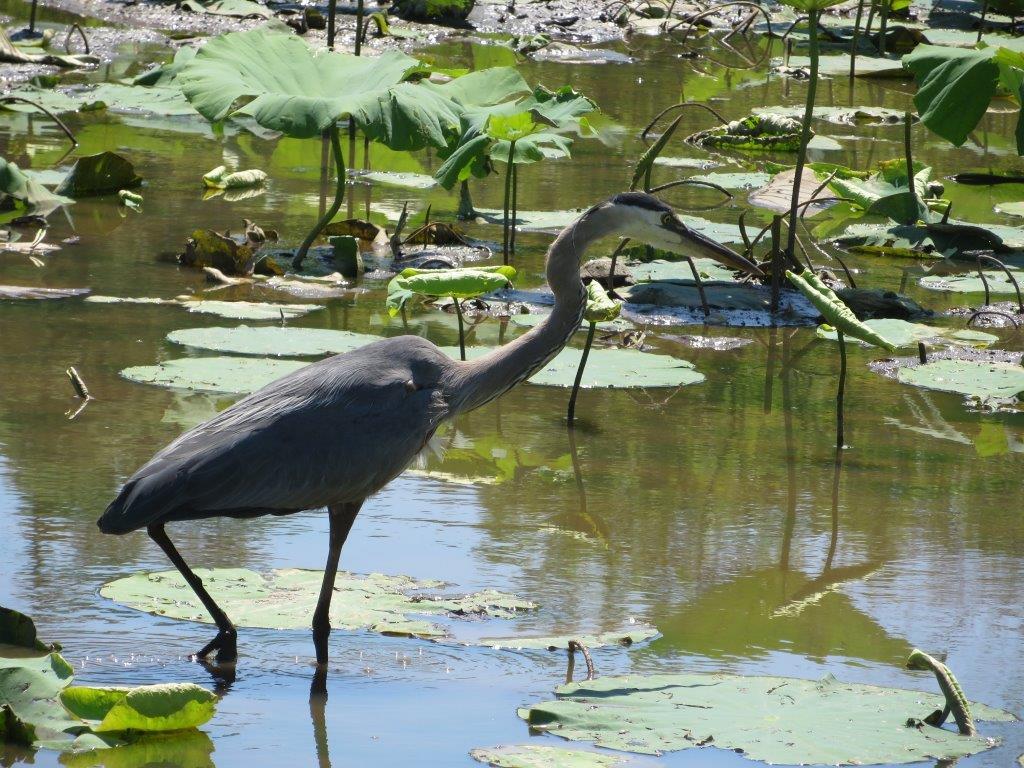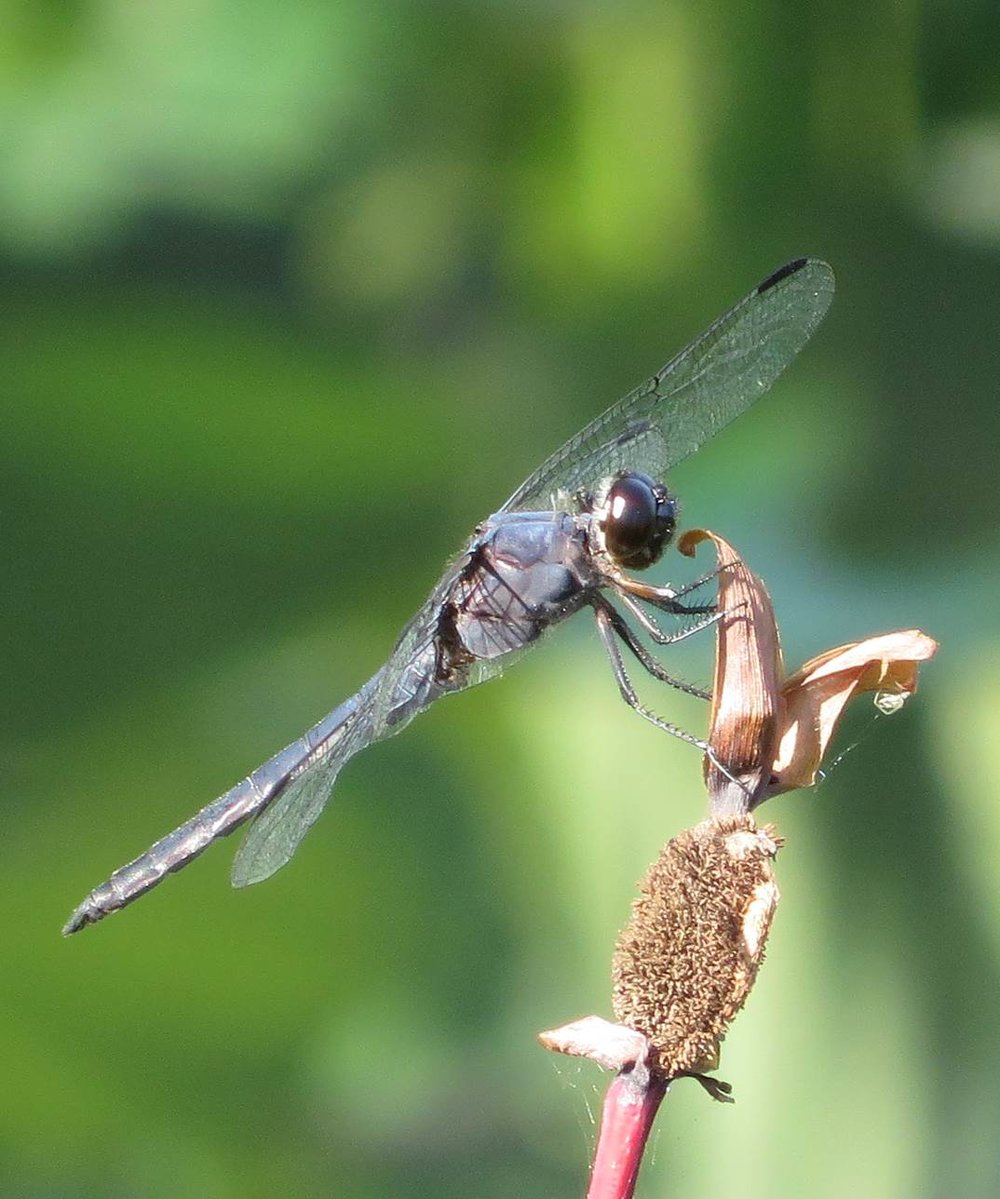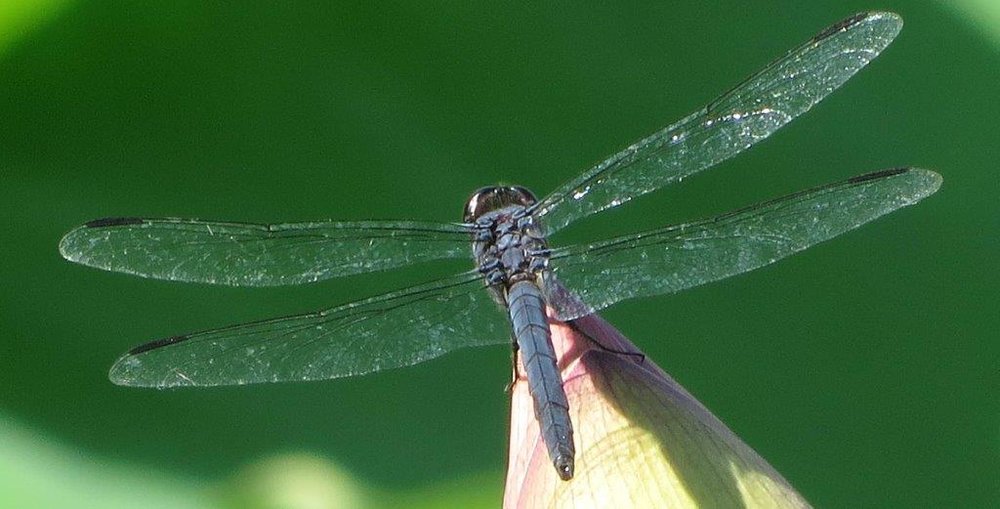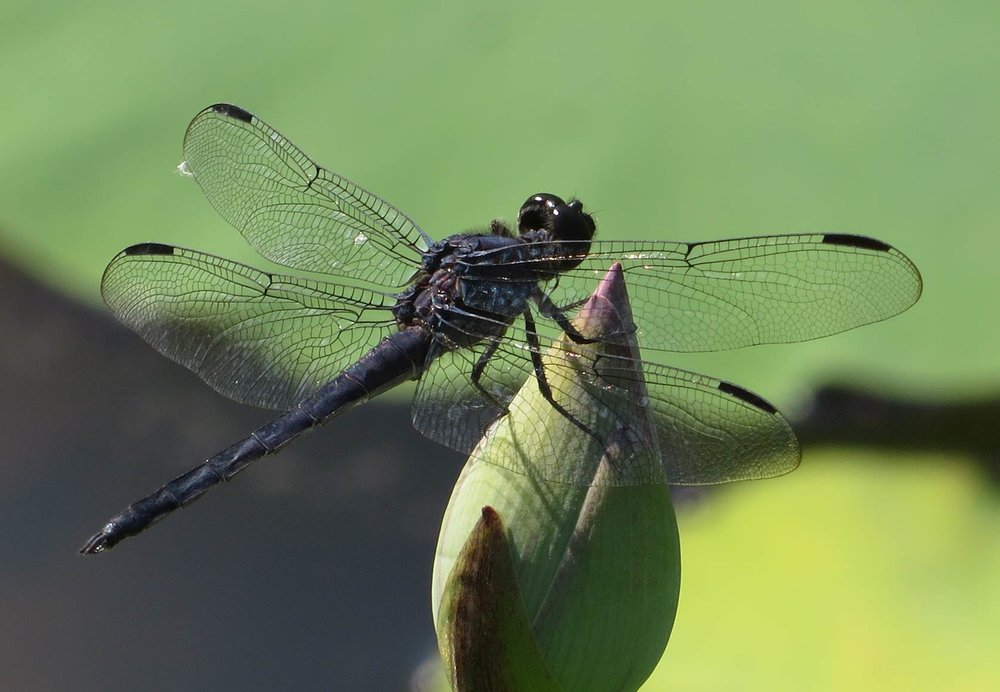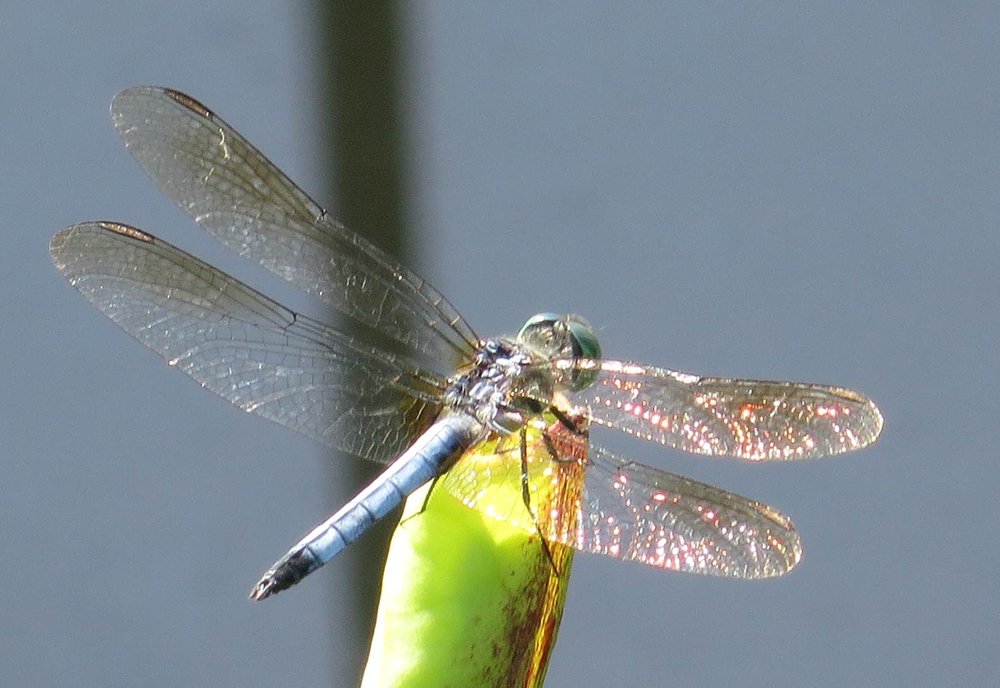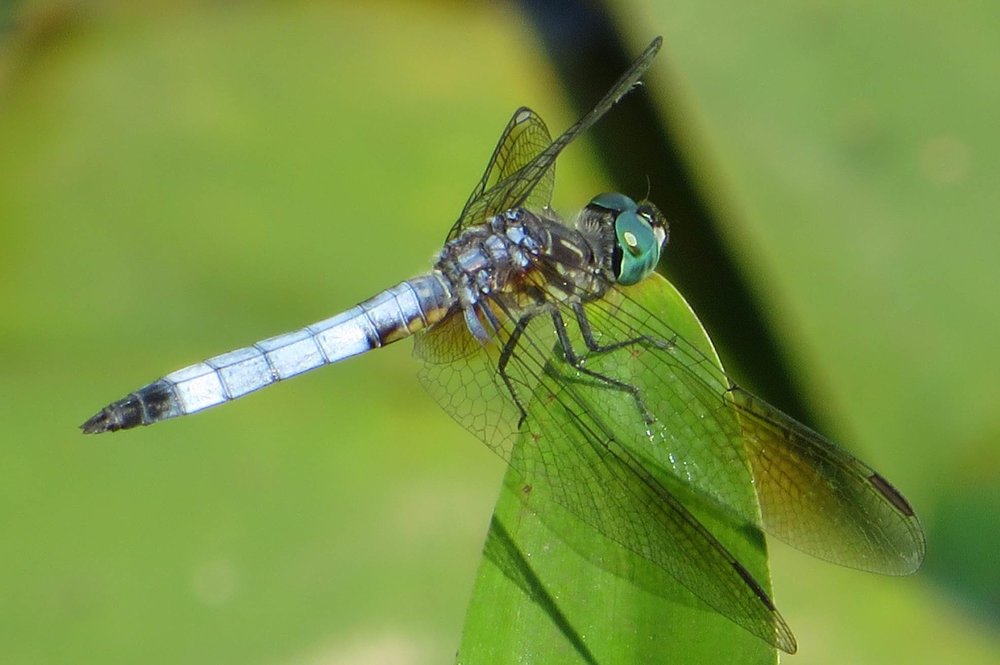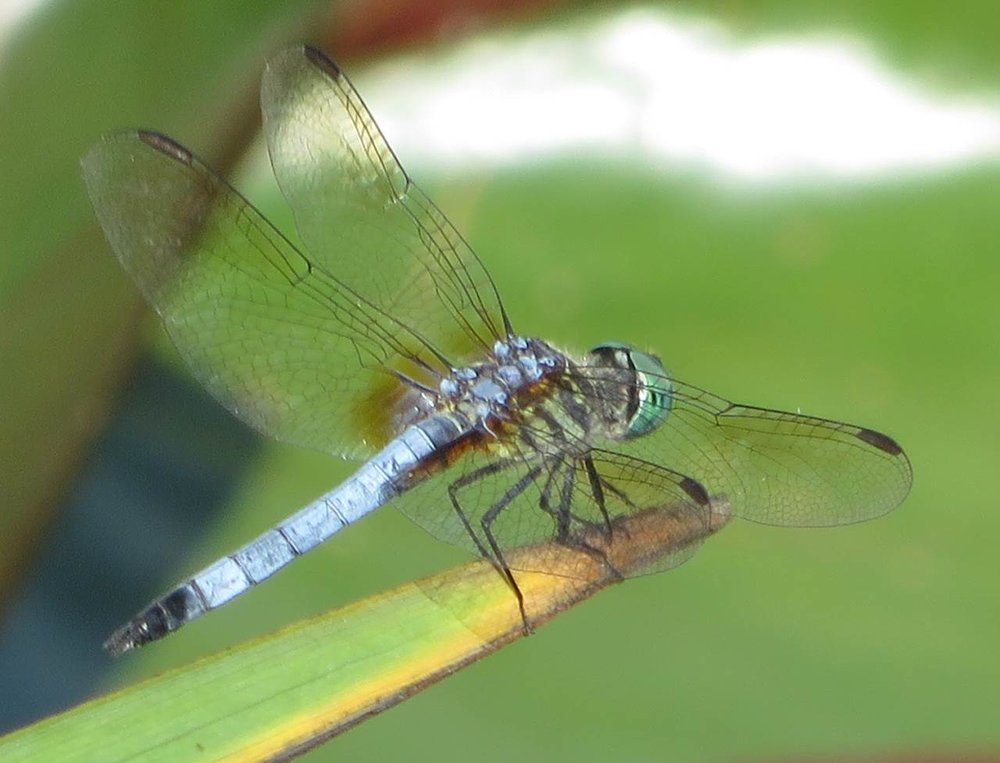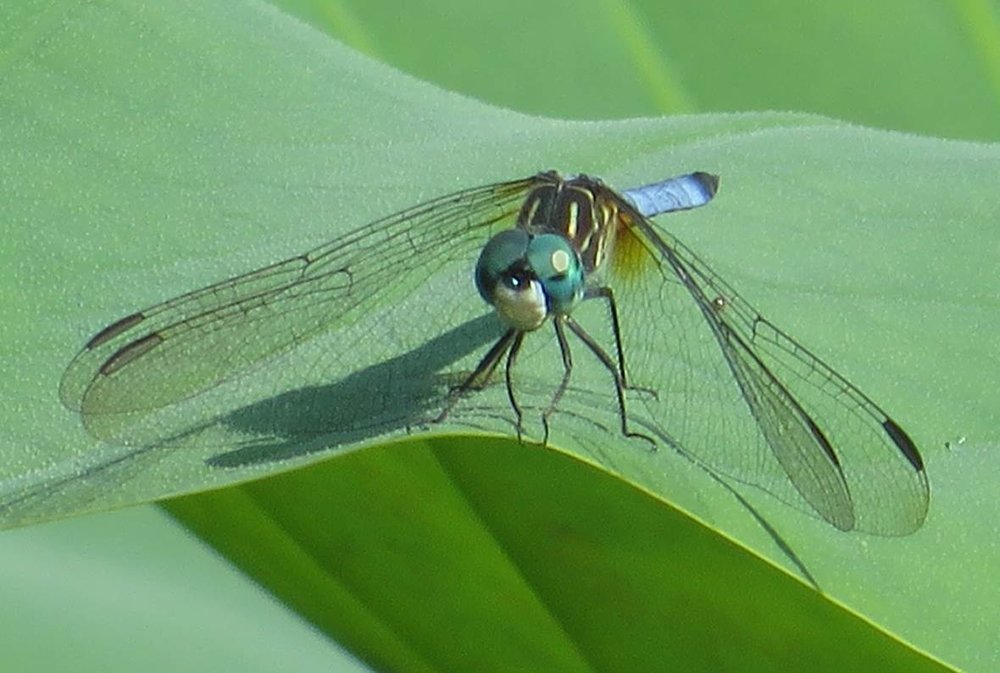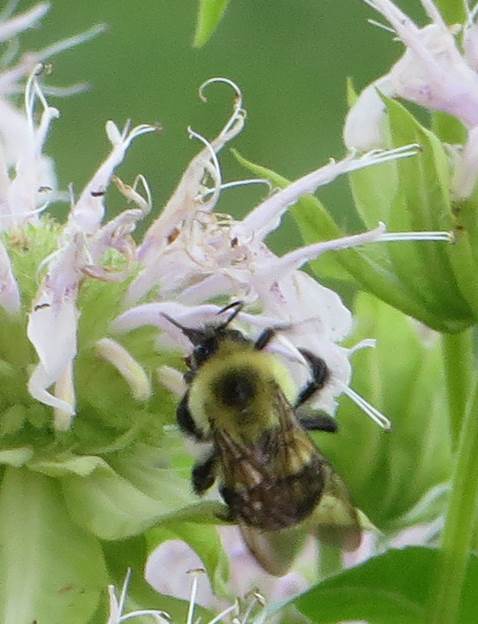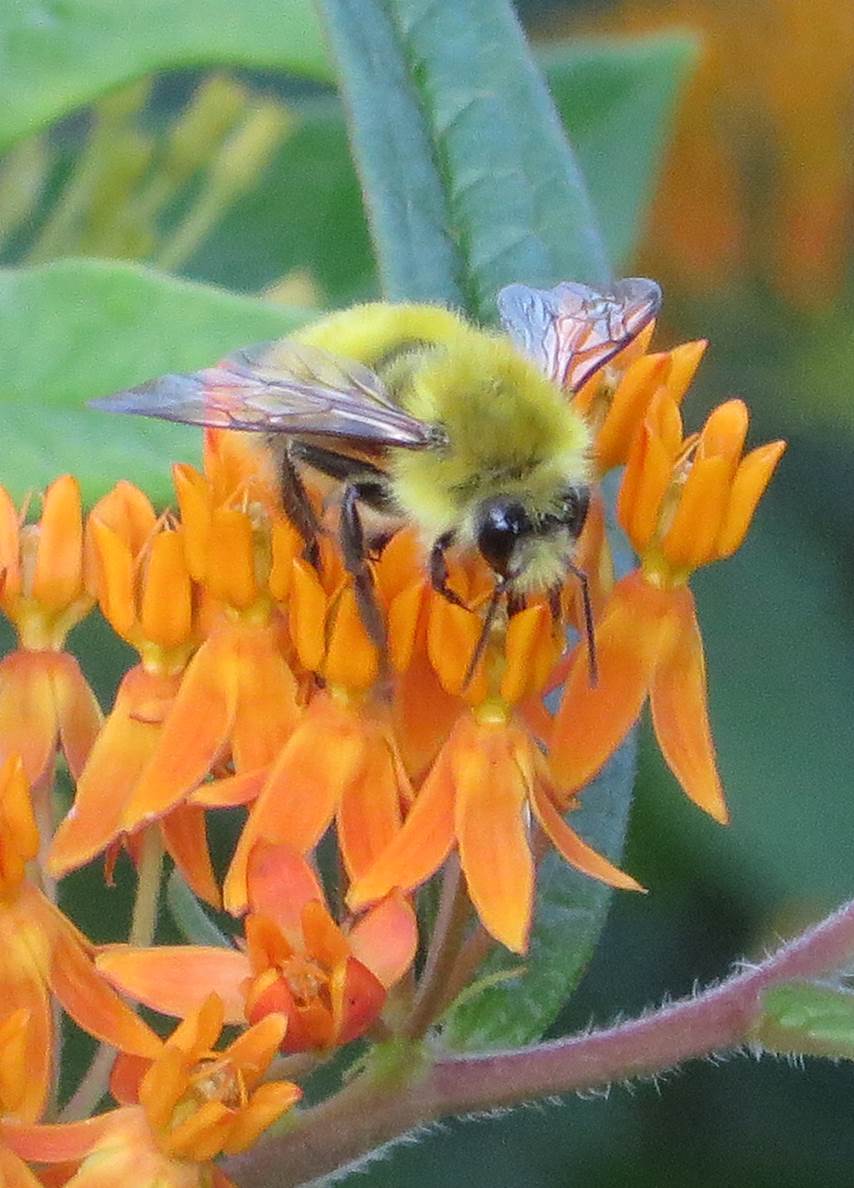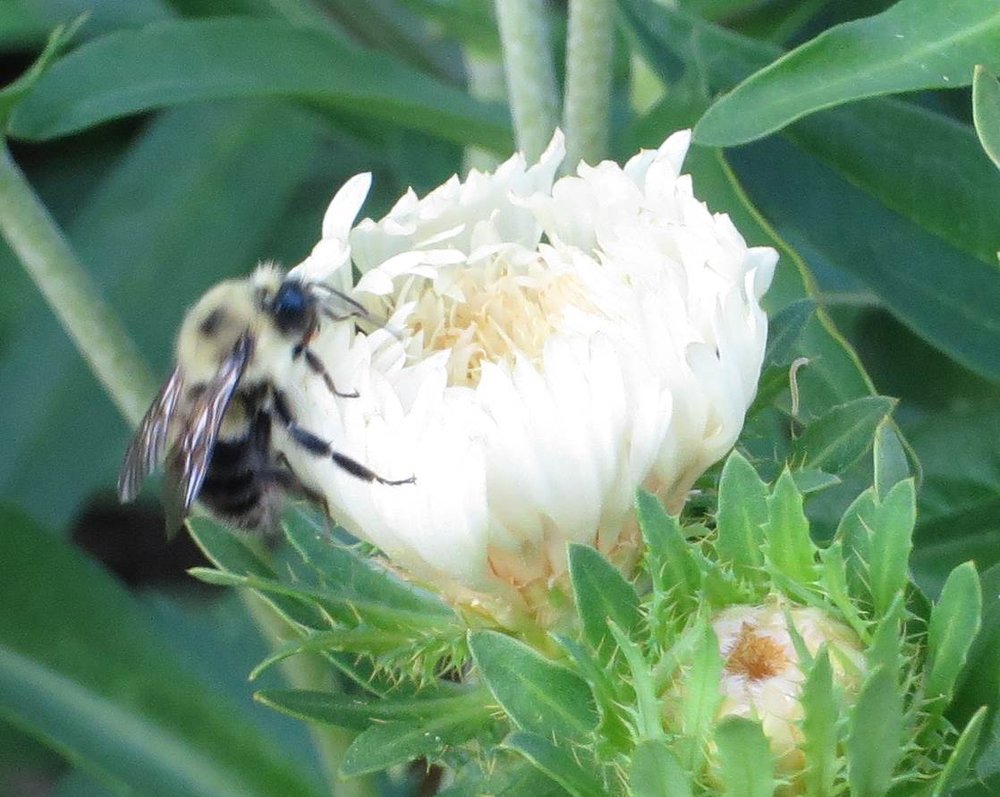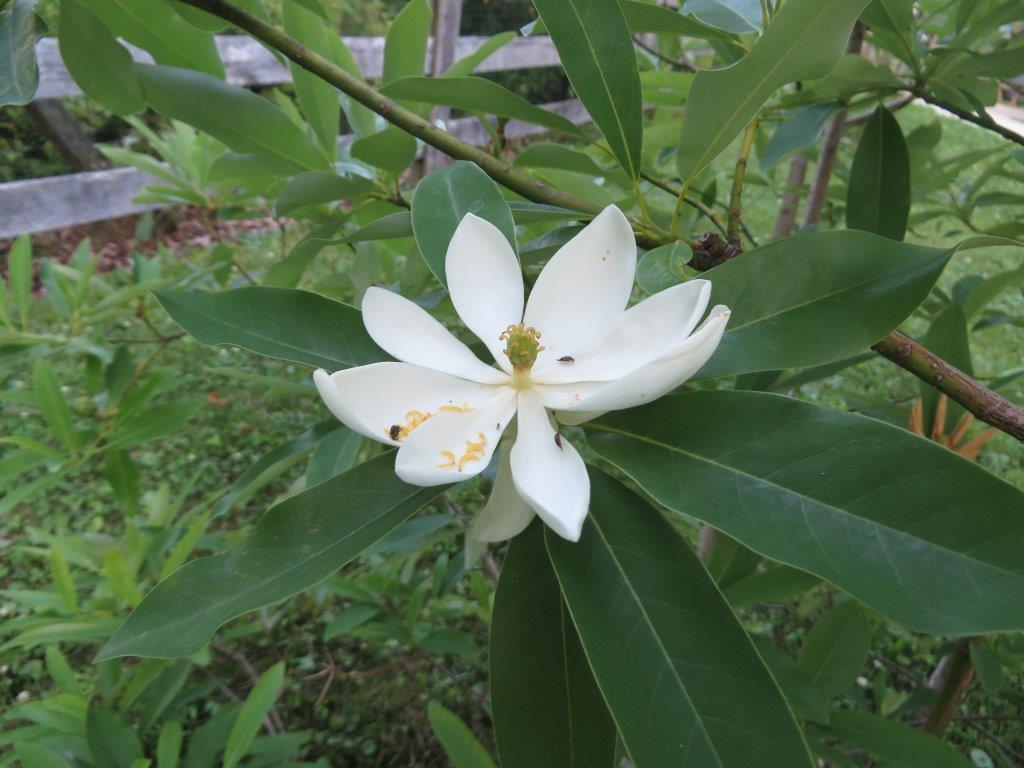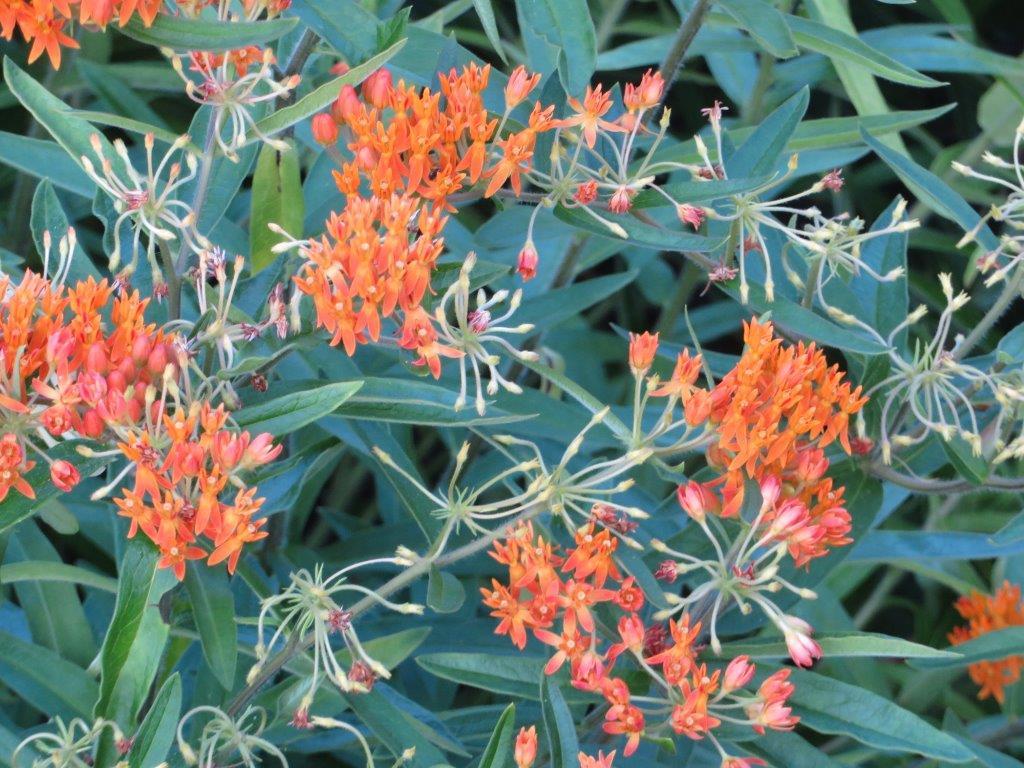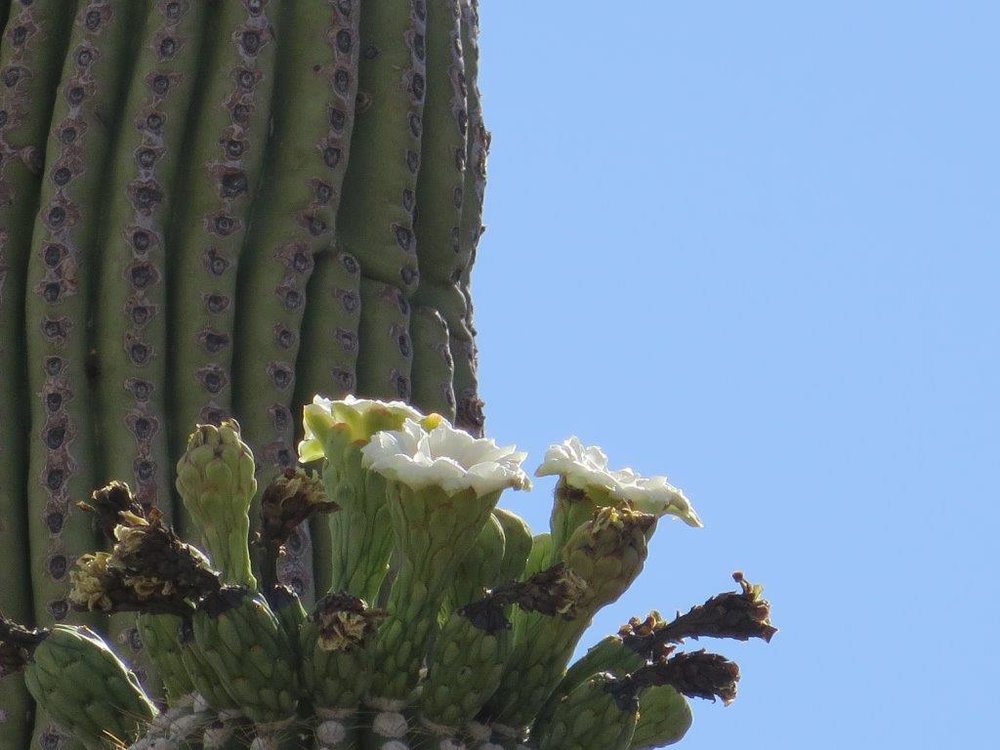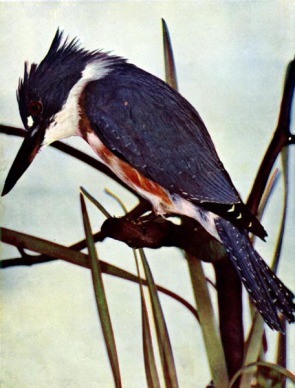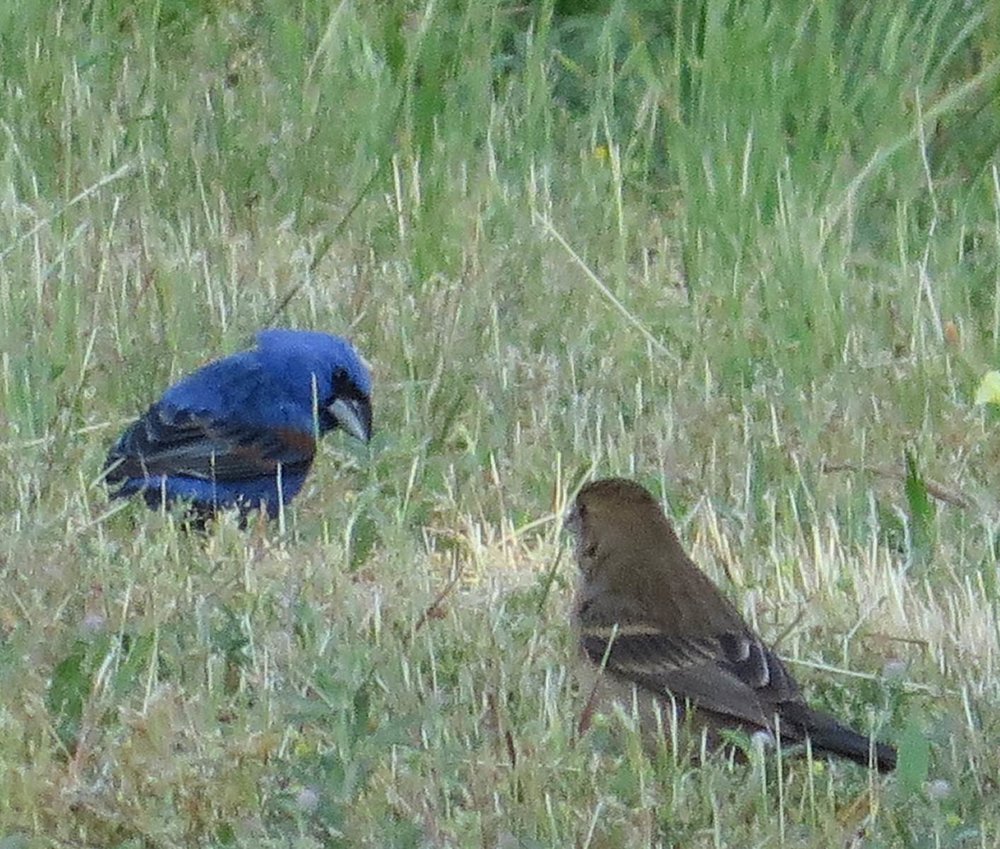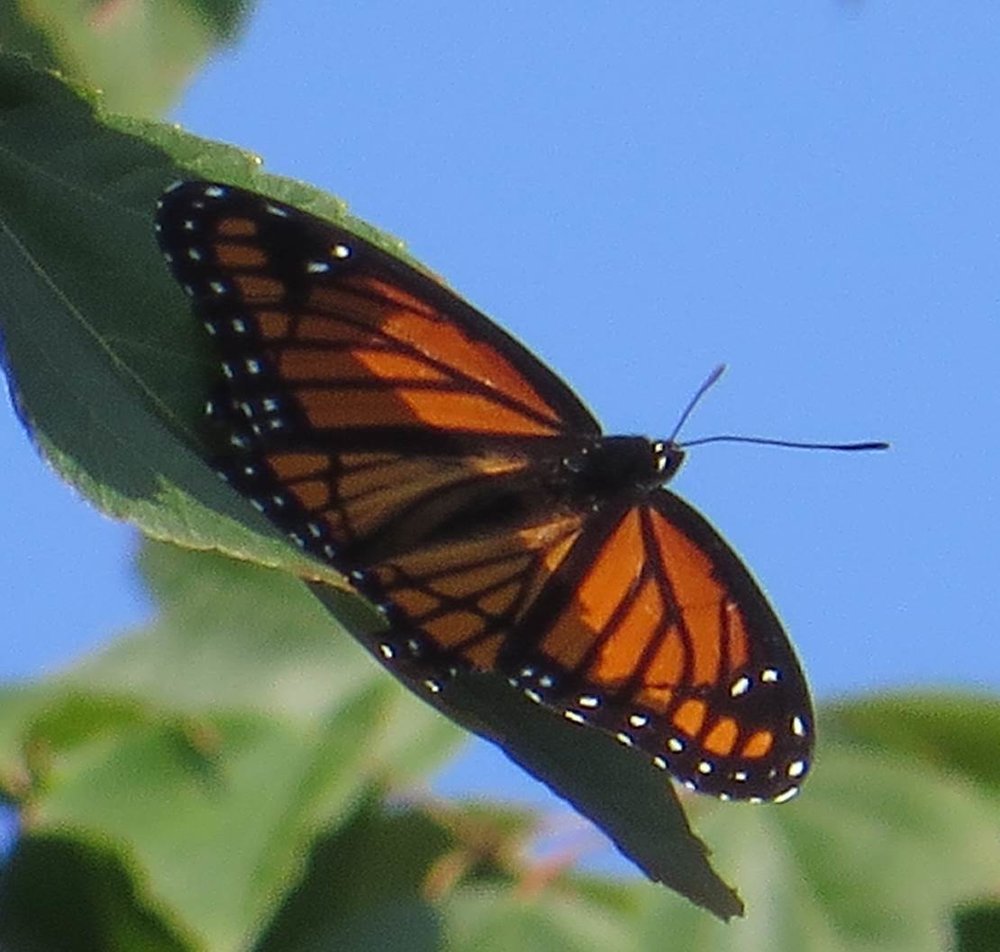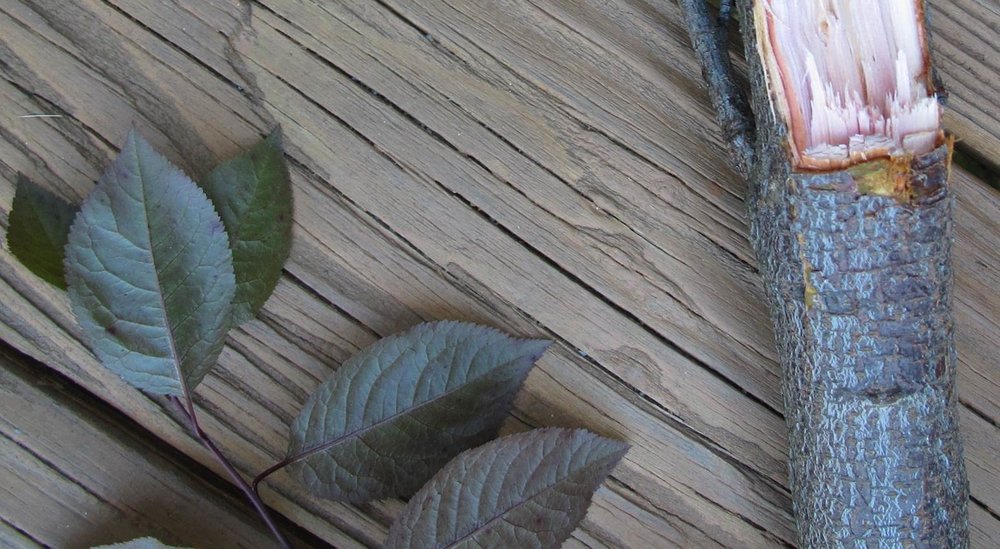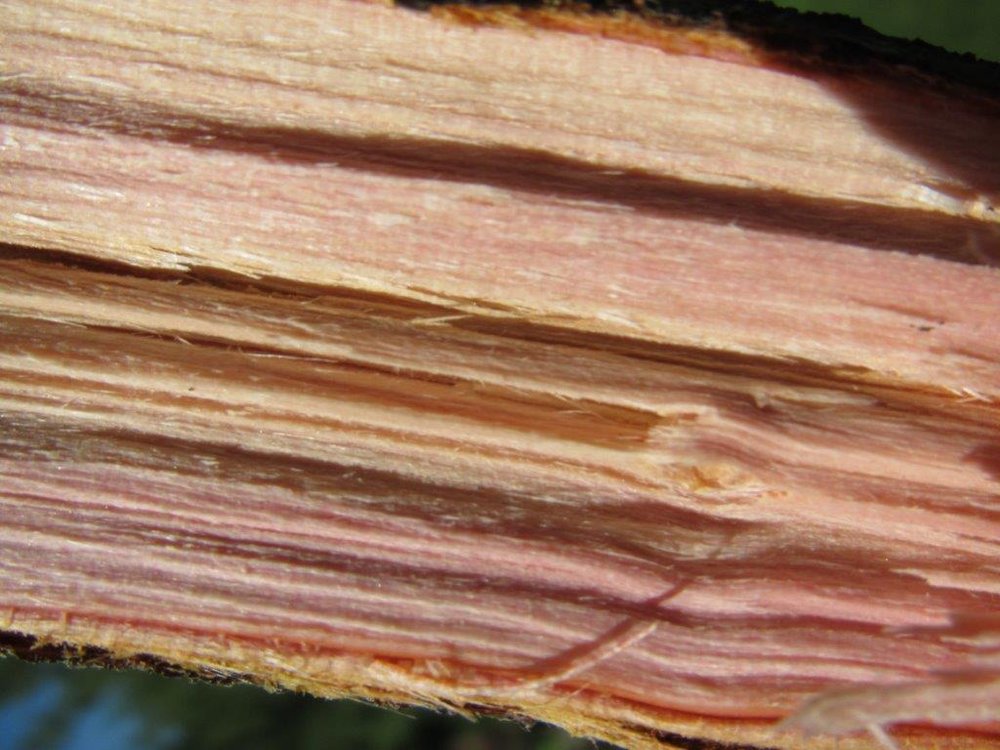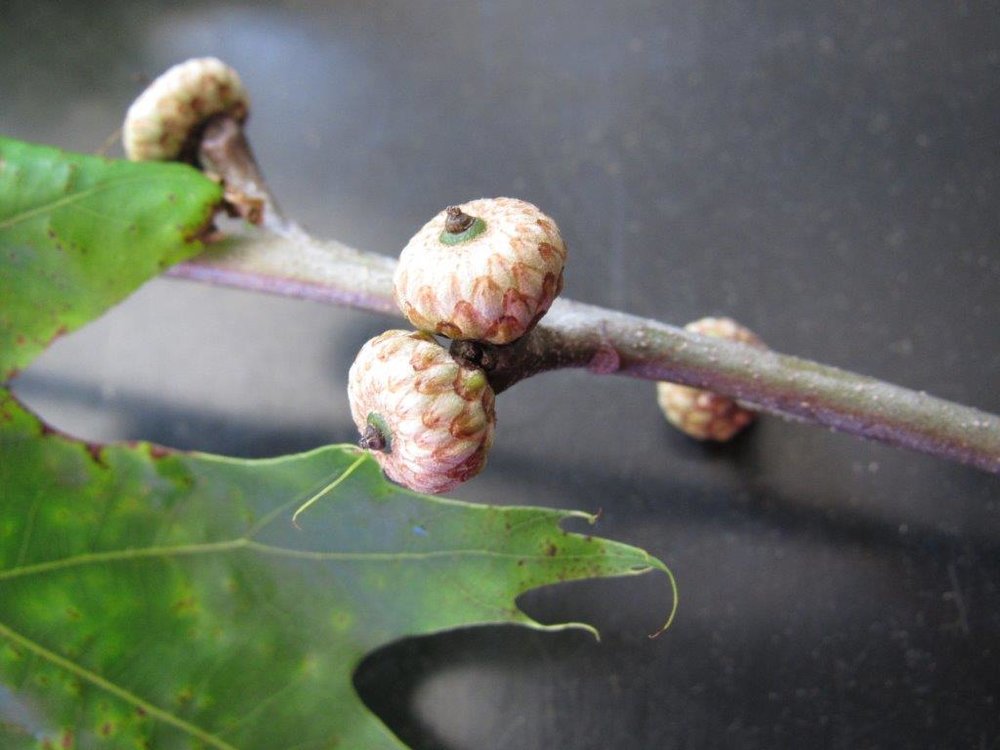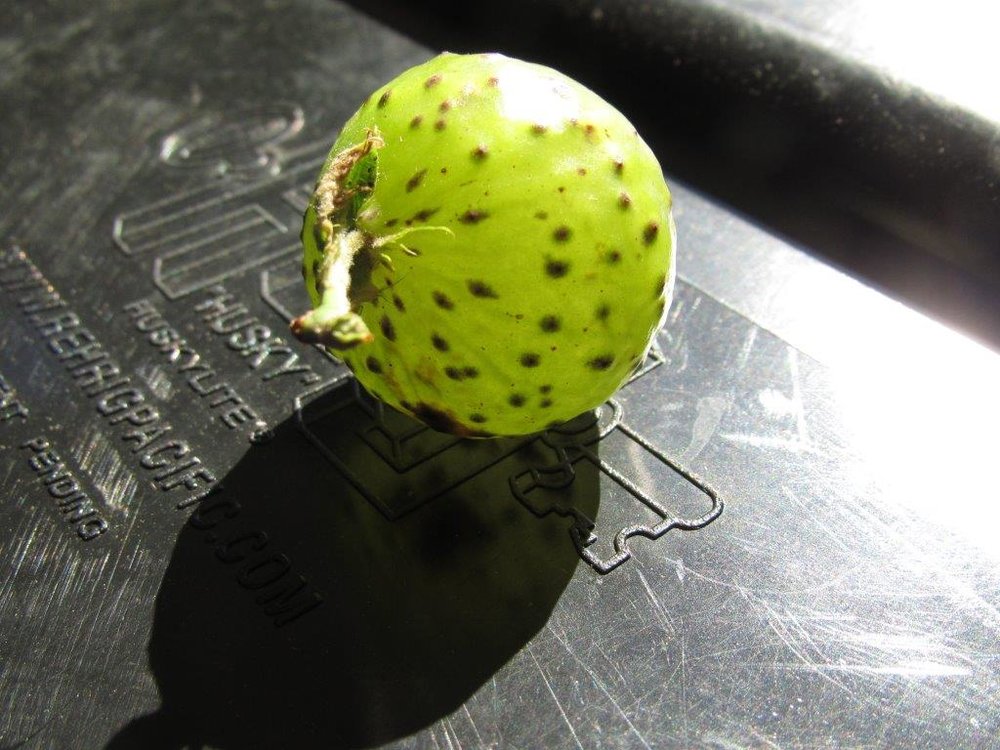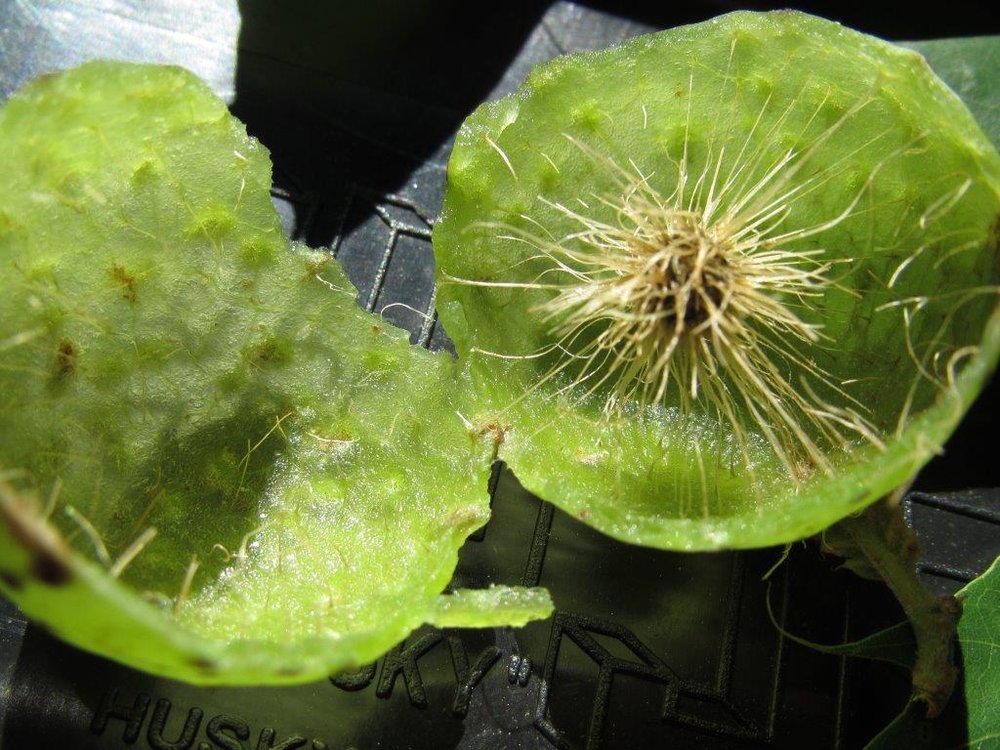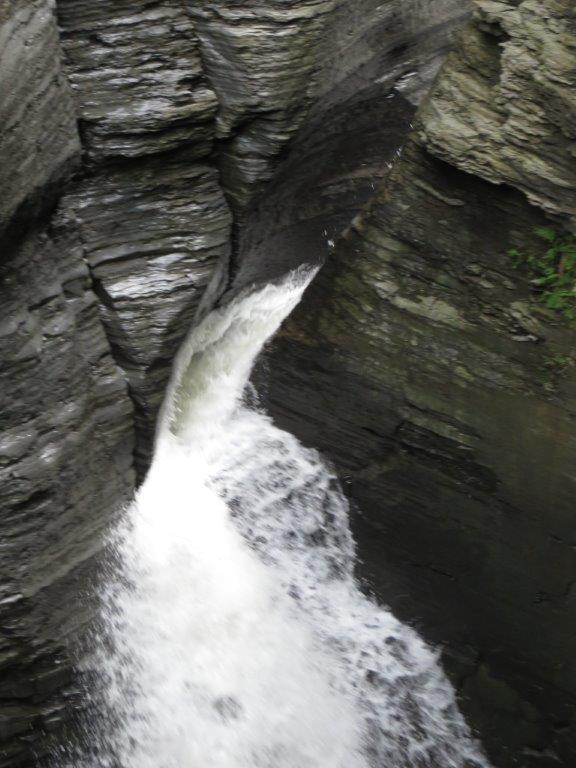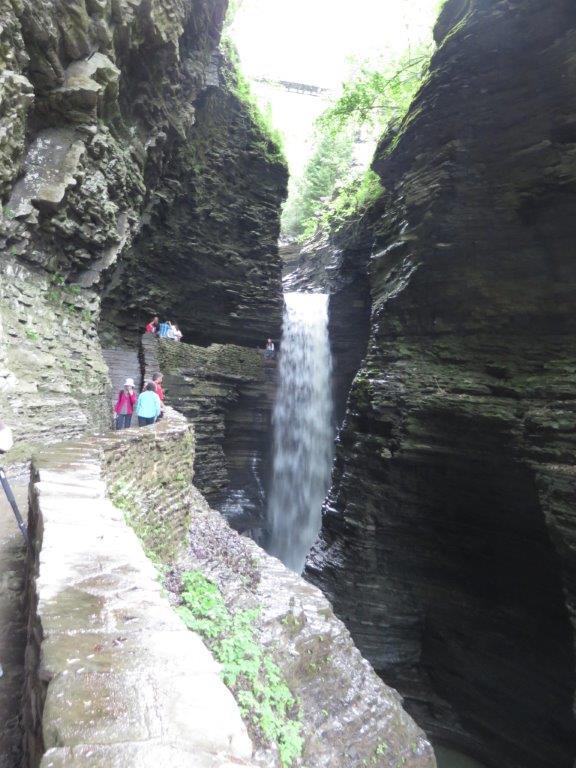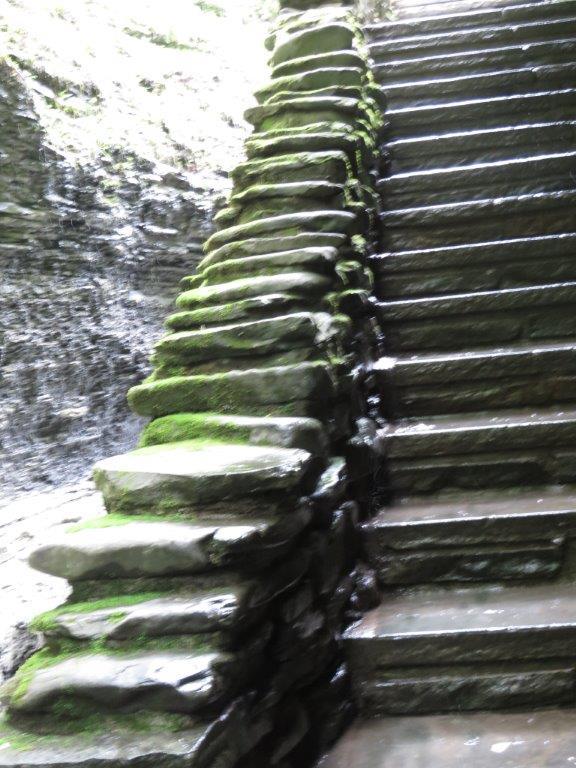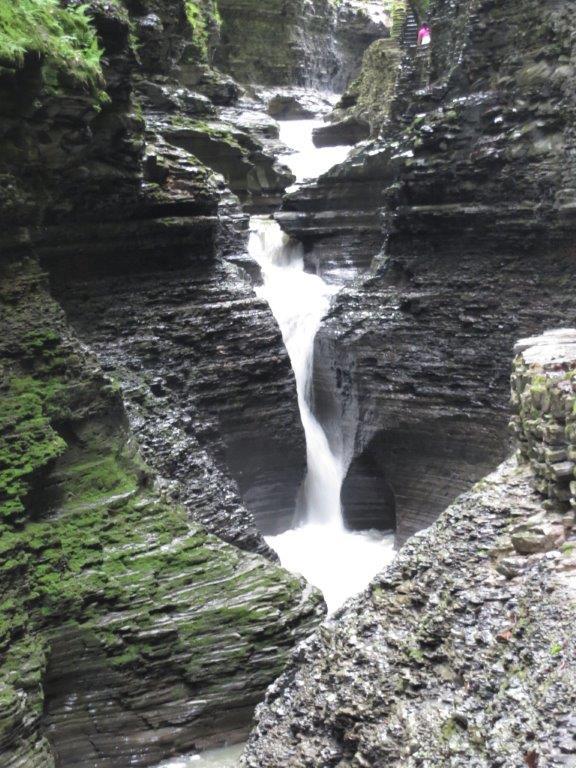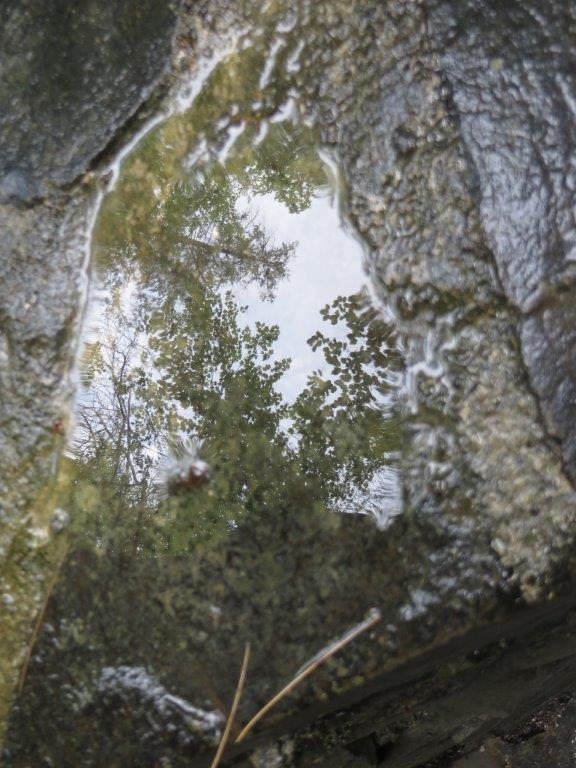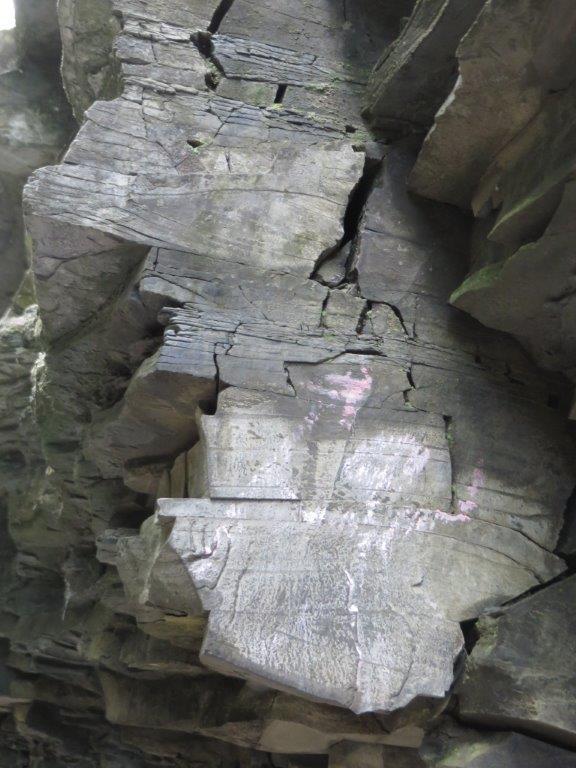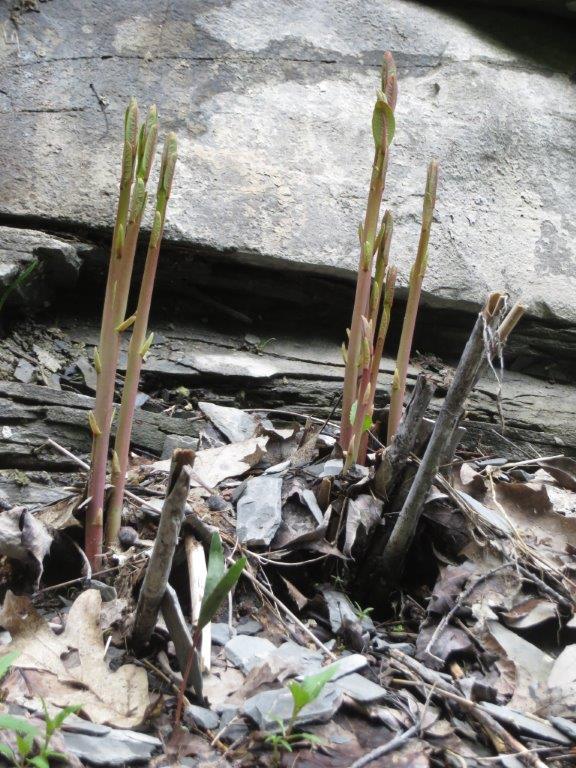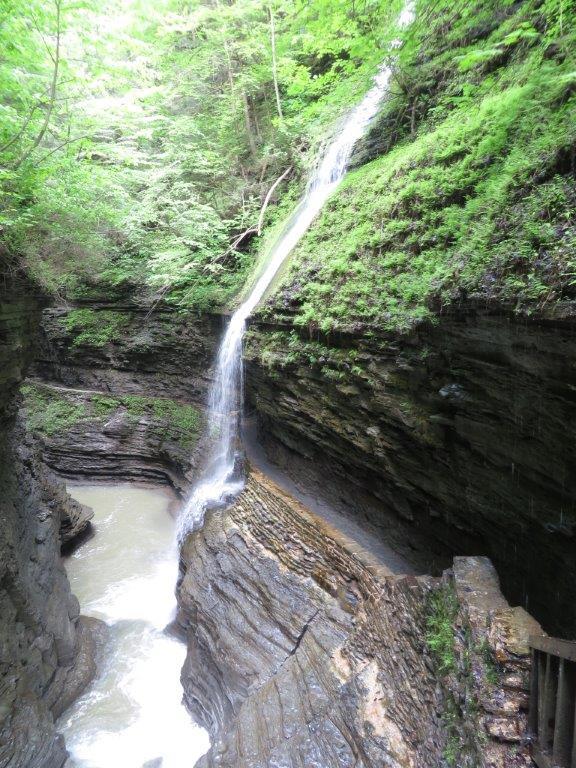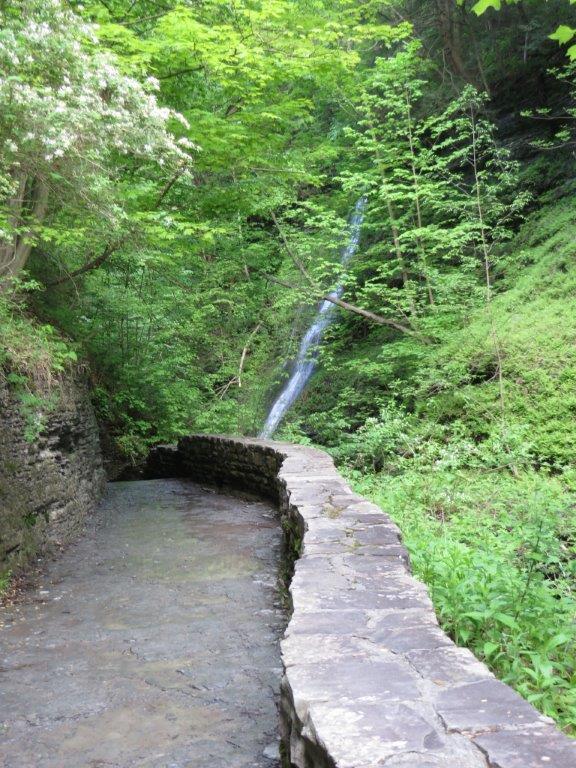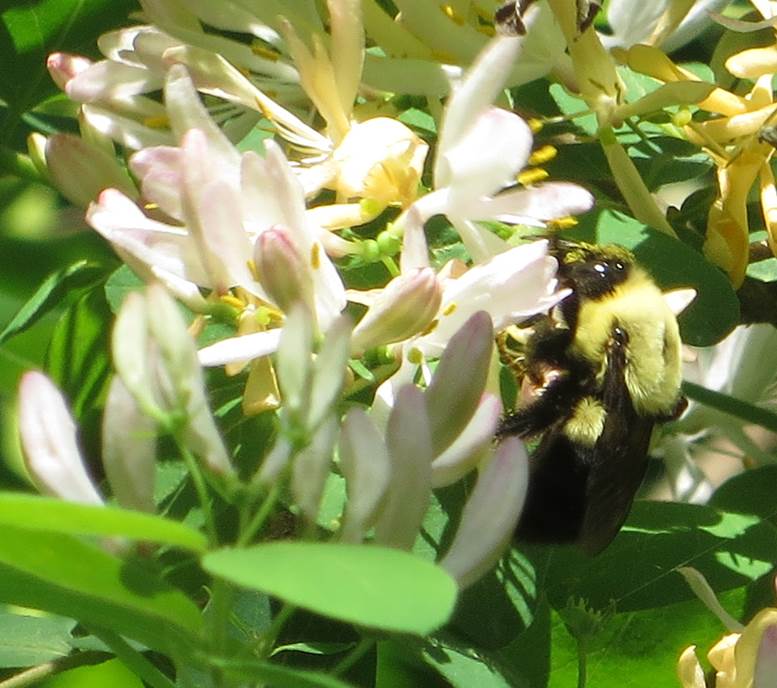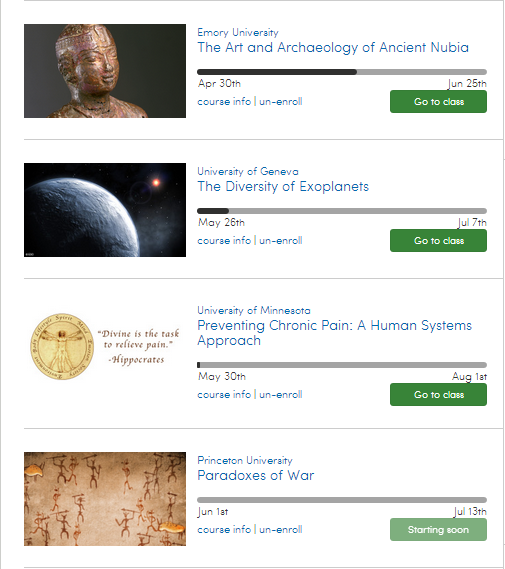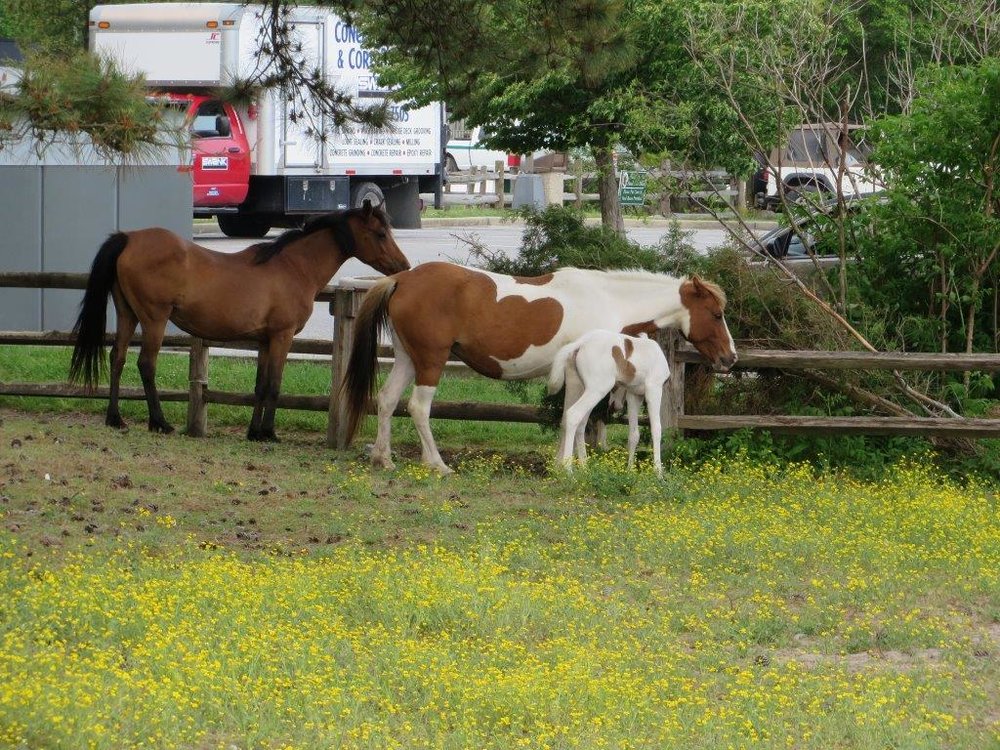Gleanings of the Week Ending July 26, 2014
/The items below were ‘the cream’ of the articles and websites I found this past week. Click on the light green text to look at the article.
More Phones, Fewer Doctors - An interview with venture capitalist Vinod Khosla about trends in health care. His contention is that 80 percent of what doctors do can be replaced by machines. This article was part of a series done by MIT Technology Review about our health care system. Another one talks about Big Data Mining (about medical analytics).
DIY, Zero-energy Pool Warmers Could Save You Thousands - Made with hula hoops and polyethylene film!
Study reveals 'unhappiest' cities in the U.S. - The authors of the study emphasize that it is obvious that people care about other things that ‘happiness’ when making decisions about where they will live! I’m always a little suspicious of ratings that focus on only one aspect (like happiness/unhappiness) because most of our decision making is much more complex than that. Still - it is worth staring at the map for a few minutes. Does your perception of where you live match with the color coding?
STEM Graduates Branch Out - Many of college graduates with STEM degrees are not working in jobs that are science or technology related fields according to a report from the Census Bureau.
Fluoride & Water Fluoridation – An Undeserved Reputation? - Infographic from Andy Brunning - a chemistry teacher in the UK
Cursed Warship Revealed With Treasure Onboard - A ship sunk off the Swedish coast in 1564…complete with silver and gold coins and canons.
To Measure Summer Smog, Plant an Ozone Garden - The National Center for Atmospheric Research (NCAR) in Boulder CA has designed a garden that is sensitive to ozone that includes plants that grow easily in many parts of the US: milkweed, snap bean, potato, and cutleaf coneflower.
Pangolins Walk Just Like T. Rex - Scaly anteaters wall on 2 legs! Watch the video of this odd animal and think about T. Rex depictions. The head of the T. Rex was much larger but the using tail as a balance to the upper body to allow ‘walking’ on the hind legs like the pangolin is a possibility.
The bend in the Appalachian mountain chain is finally explained - The Appalachians slant along the east coast - make a bend in Pennsylvania and New York.
What vacation? Expect to work while you're away - The down side of mobile work environments.




